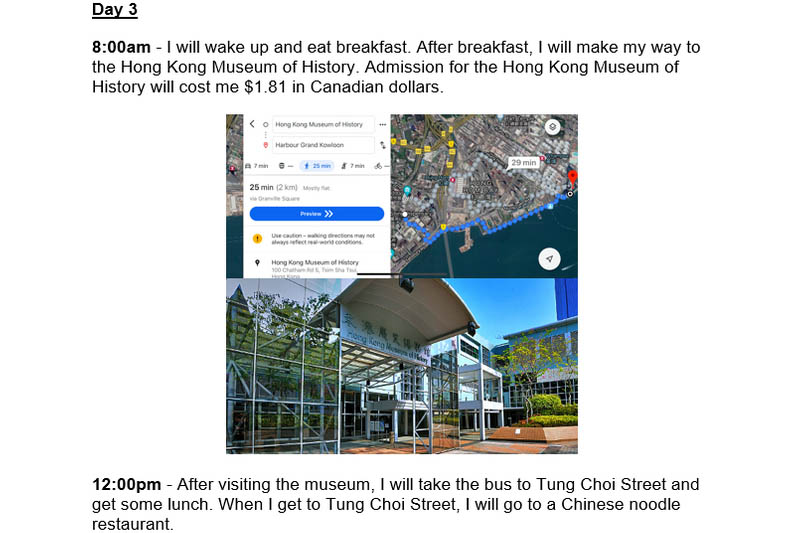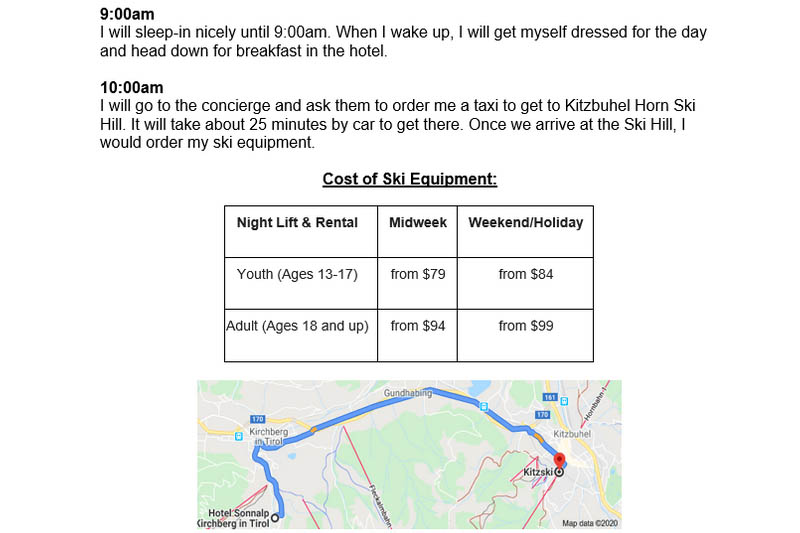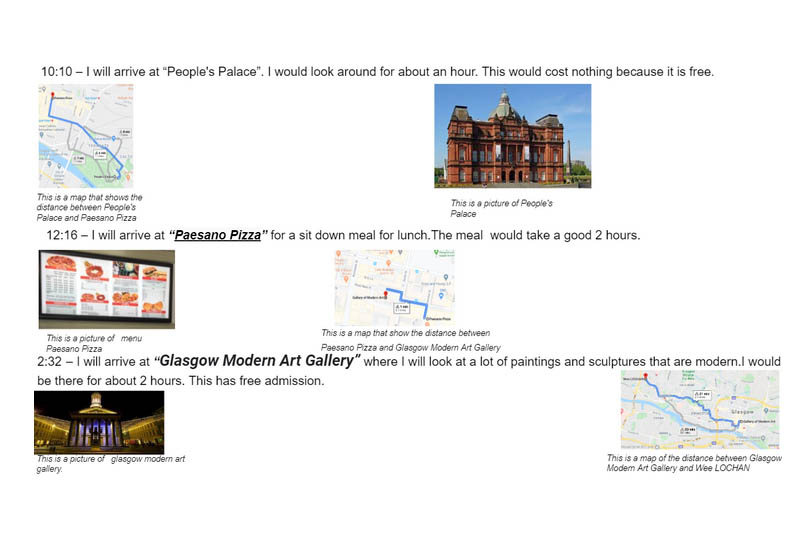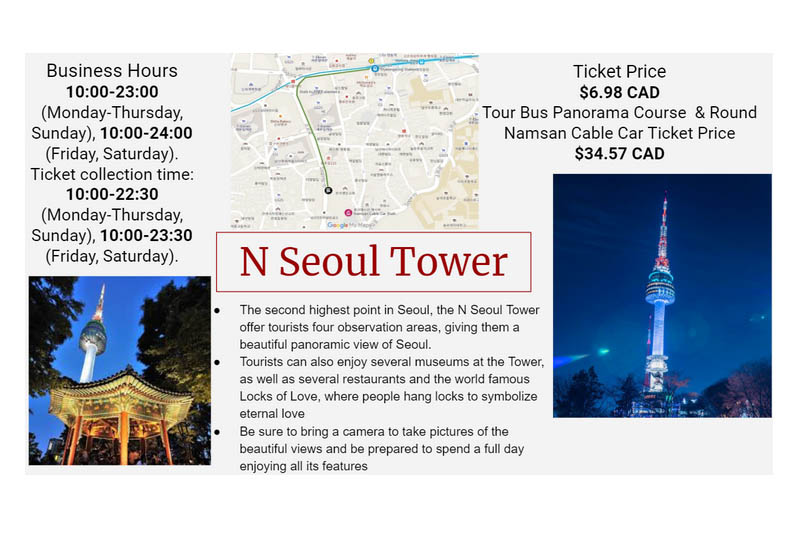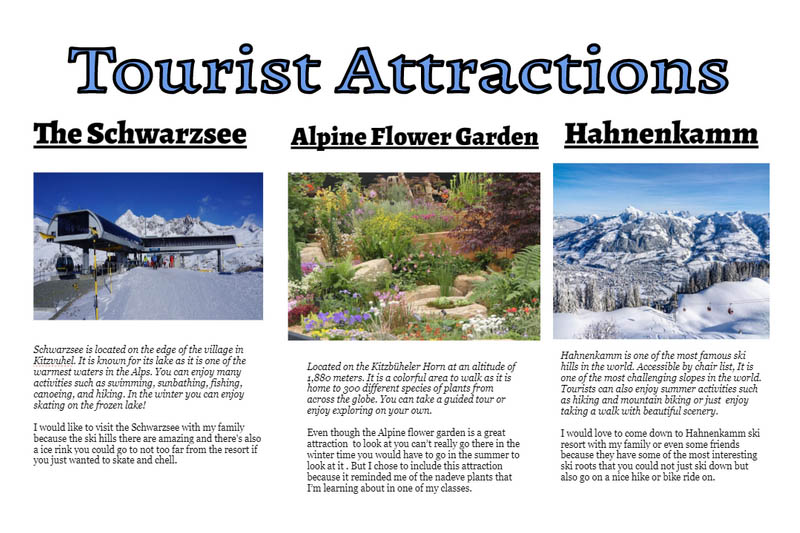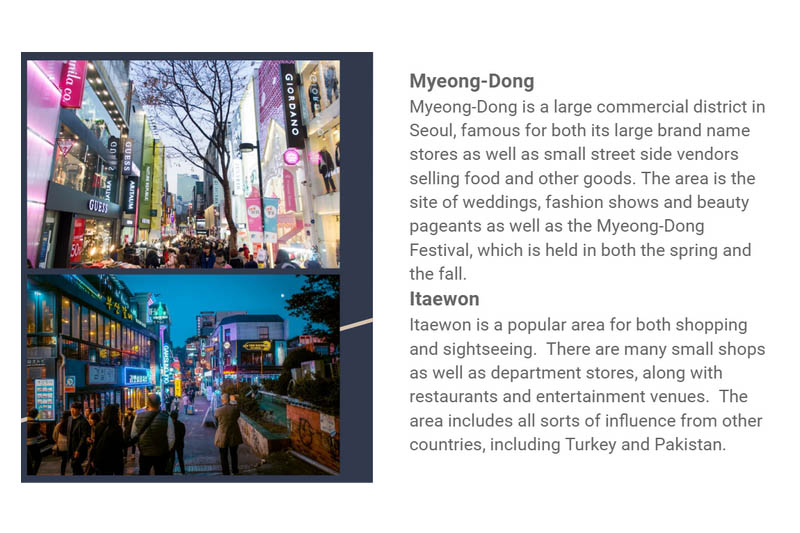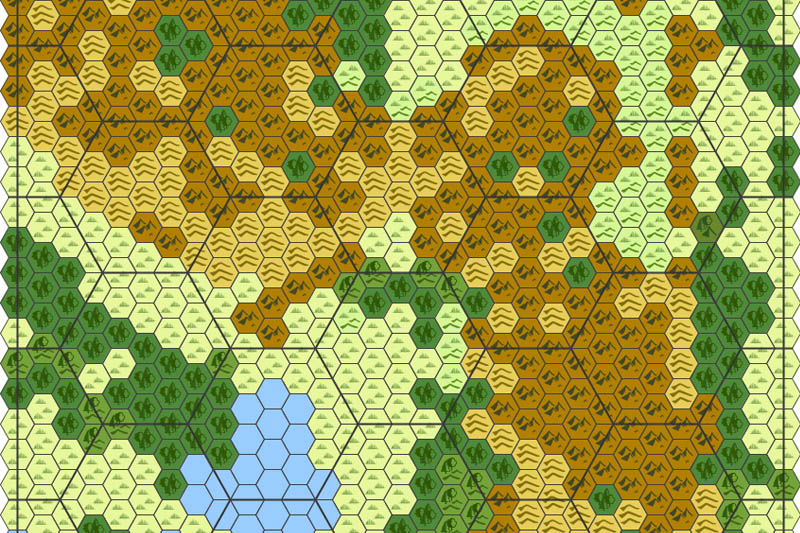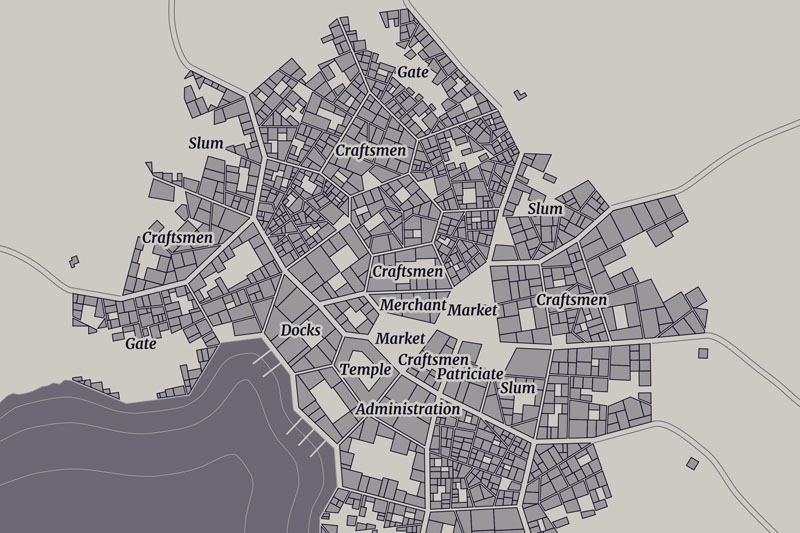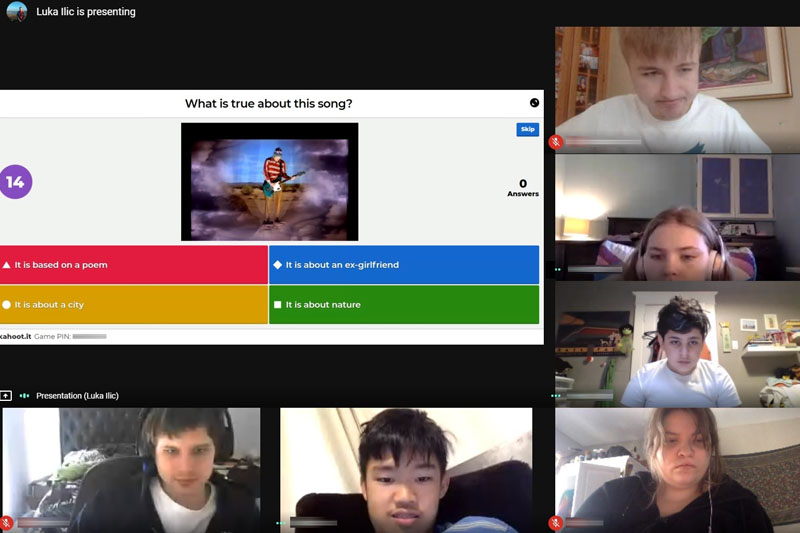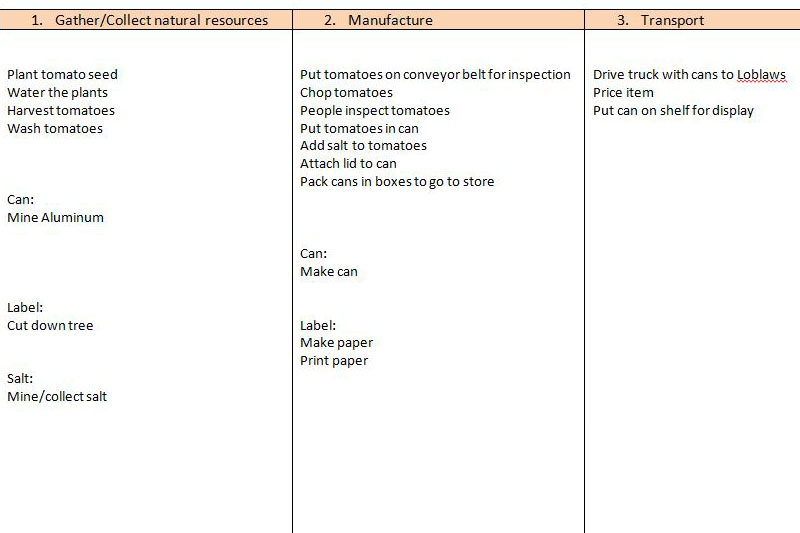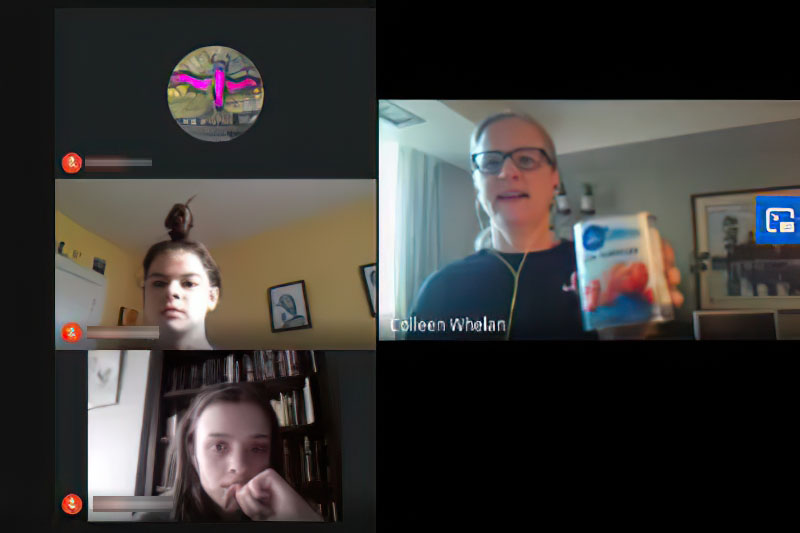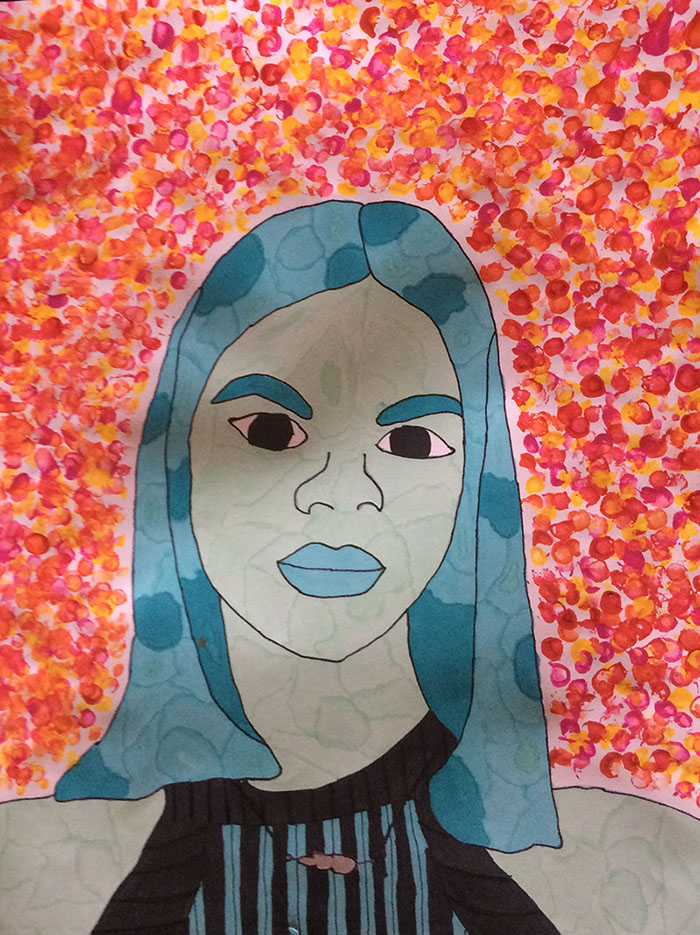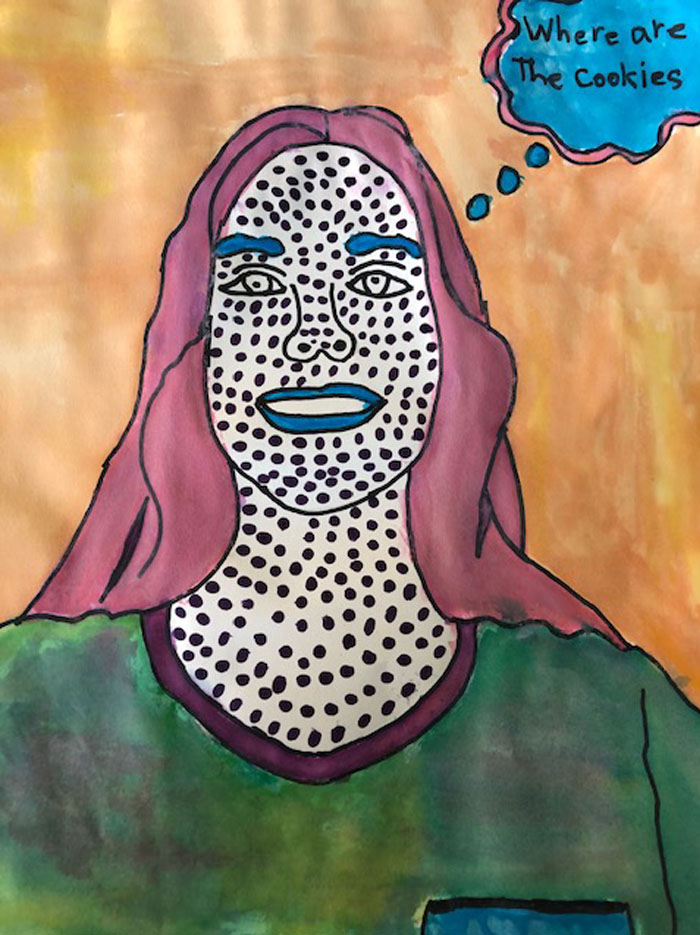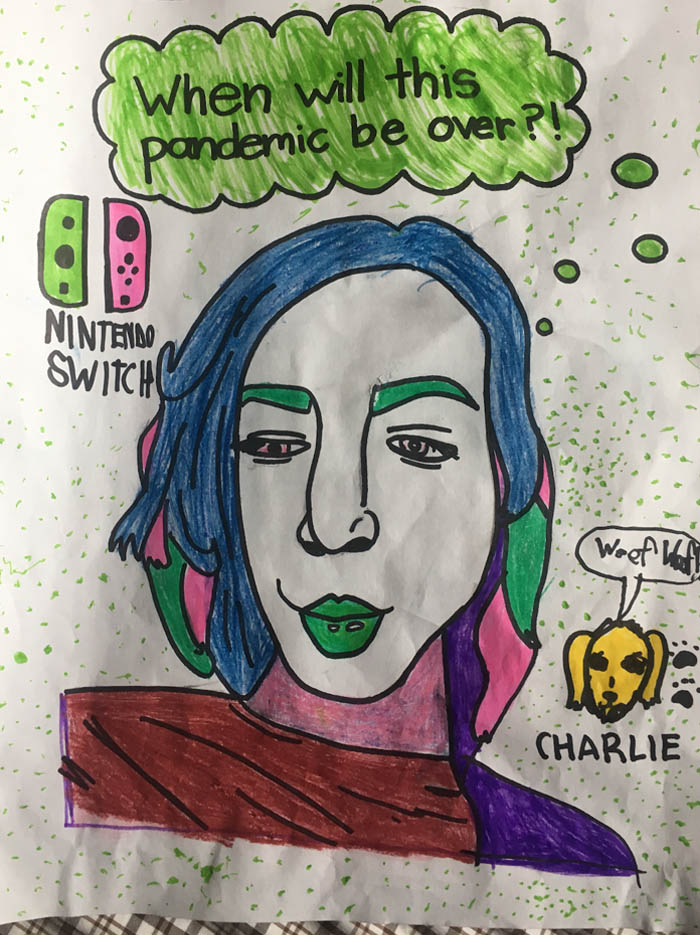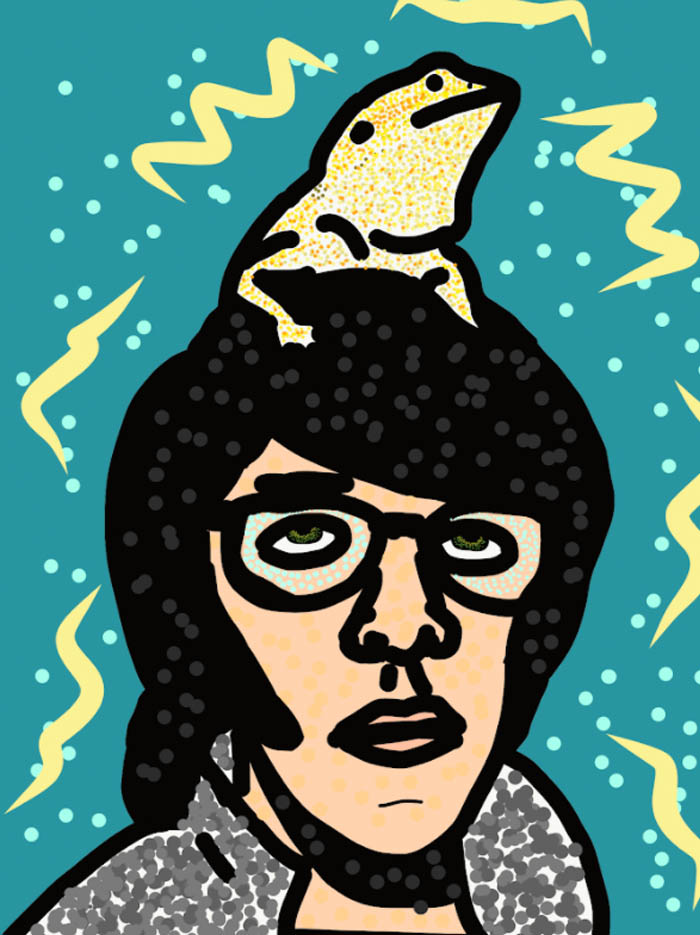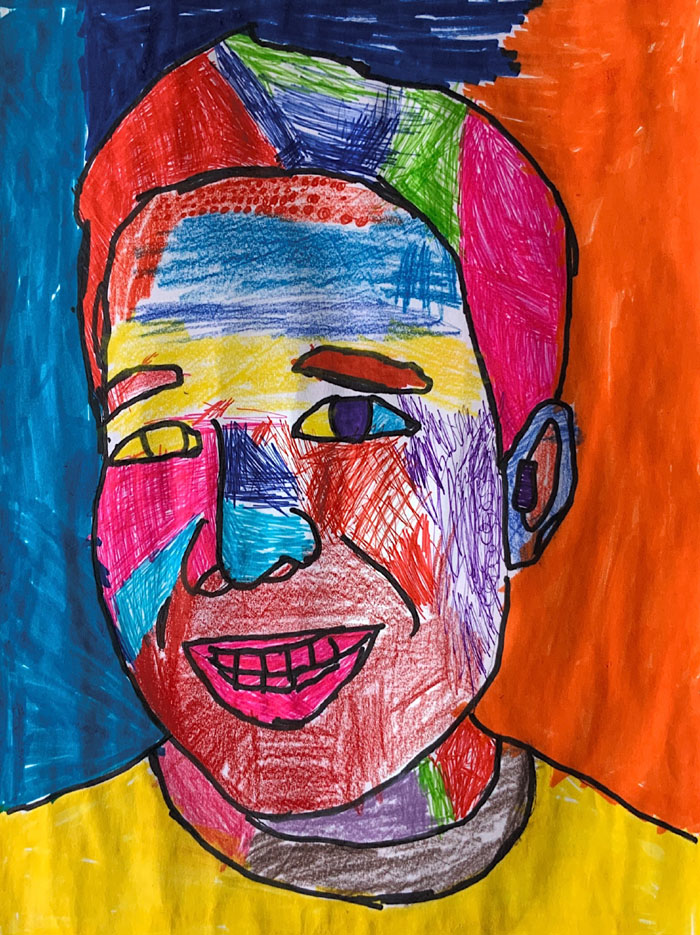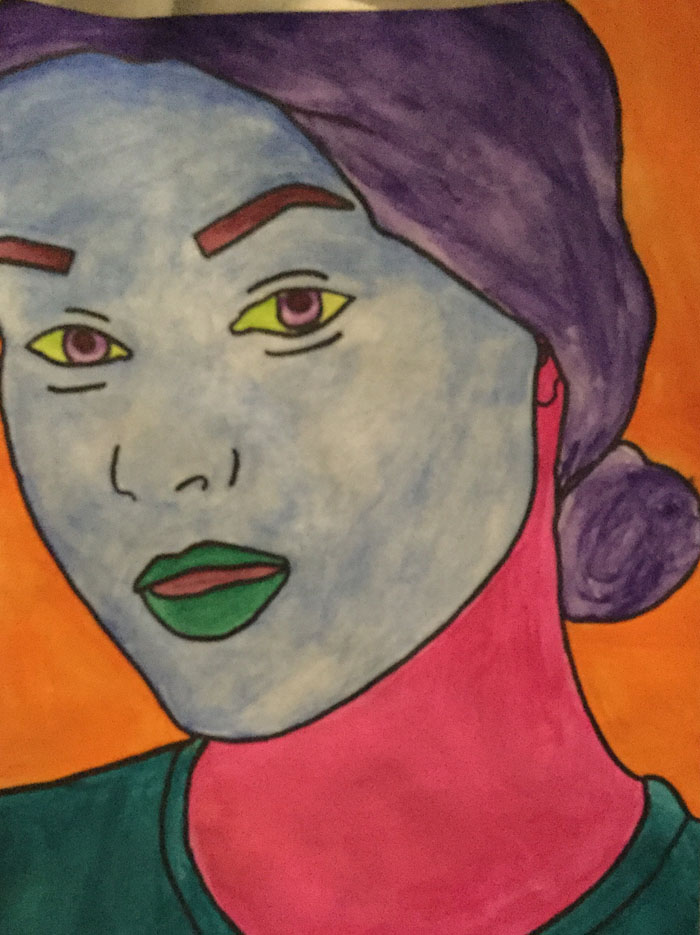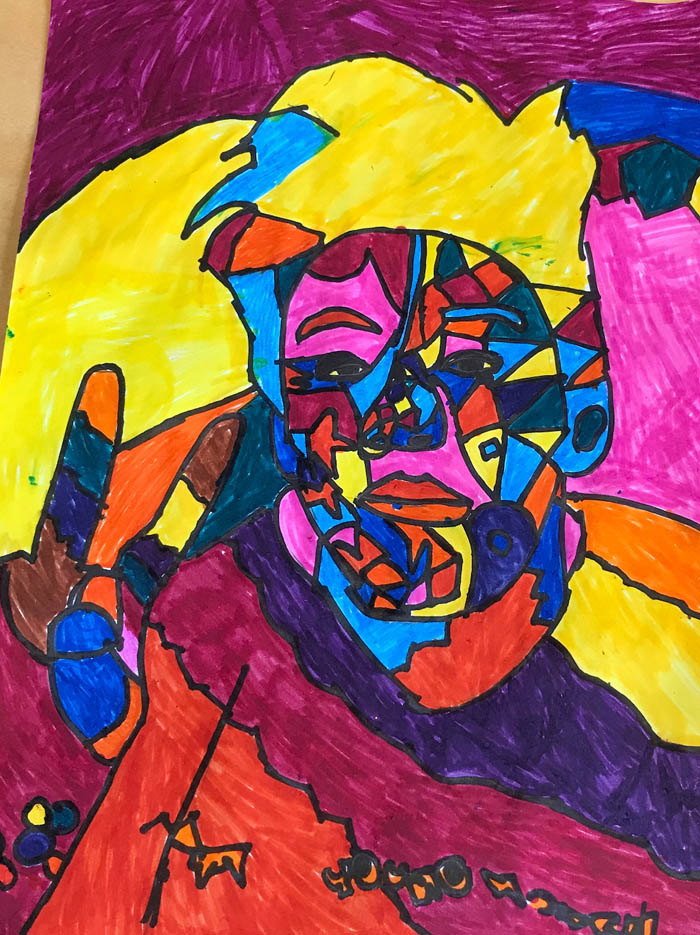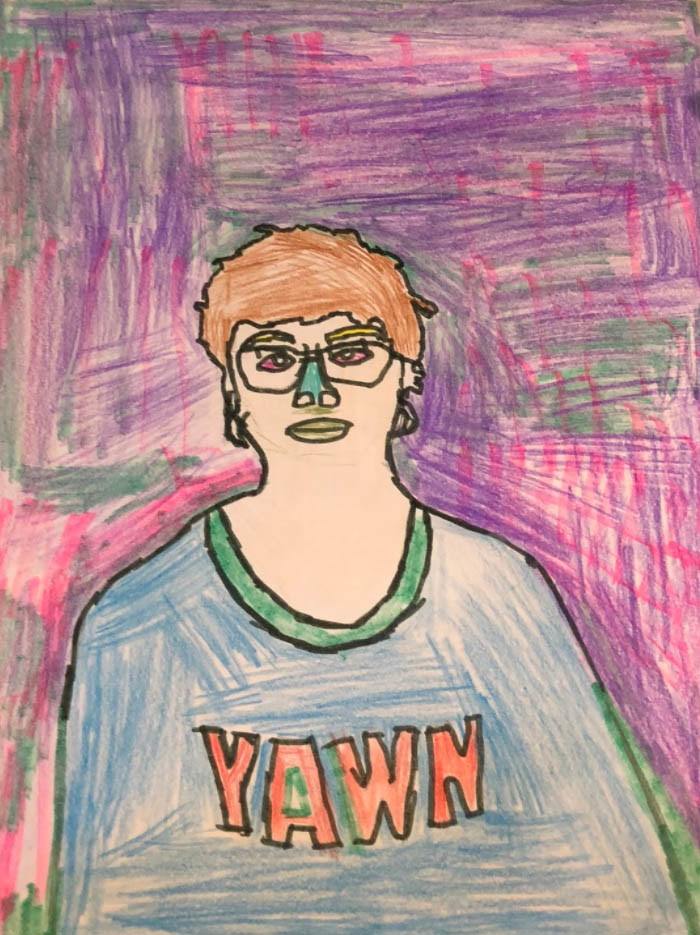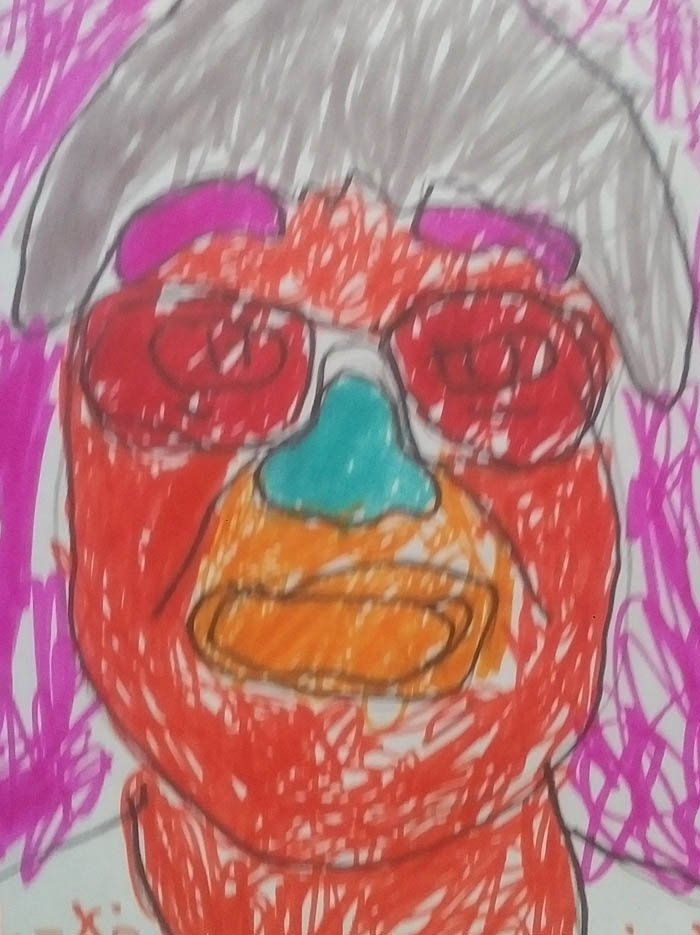Following our Colour Theory unit, the Grade 9 Visual Arts class explored Pop Art! Pop Art is usually easily identifiable from it’s simple, bold and bright images. Some may think it’s called Pop Art because the colours “POP!”, but it also stems from the fact that artists were inspired by images from popular culture. We specifically looked at famous Pop artists:
- Andy Warhol — known for his colourful, repetitive prints of soup cans and celebrities.
- Roy Lichtenstein — known for his cartoon-like paintings, often created using primary colours.
- Keith Haring — known for his paintings featuring thick-lined, simple figures and bright and bold colours.
- Yayoi Kusama — known for her outlandish, fascinating paintings made up of beautiful colours and detailed dot work
Before we looked at Pop Art as a class, students were asked to research an artist and present on that artist. Three students researched Warhol, Haring and Kusama and were able to provide the class with a bio of each artist and their major works. So going into the unit, the class had an idea of who these artists were and what Pop Art generally looked like.
In order to put our knowledge of Pop Art to paper, students were given the task of creating a Pop Art Self-Portrait! This project is usually done in the classroom using Photoshop and a projector, where students trace their image onto a piece of paper…however, some adjustments had to be made in these circumstances!
Students printed an image of themselves off at home and outlined the key features of their face/upper body with a Sharpie. Then, they used a bright window to trace the lines onto another piece of paper and then “Pop-ified” it!! Pop-ifying varied from applying dots like Kusama or Lichtenstein to using super bright colours all over their face like all Pop artists did. Students were given the option of including a speech bubble (inspired by some of Lichtenstein’s art) expressing something they think about often during the pandemic (e.g. “What am I having for dinner?”).
Check out the results below!

